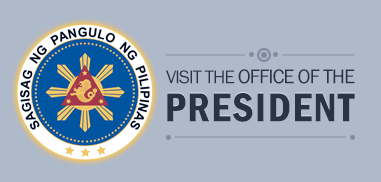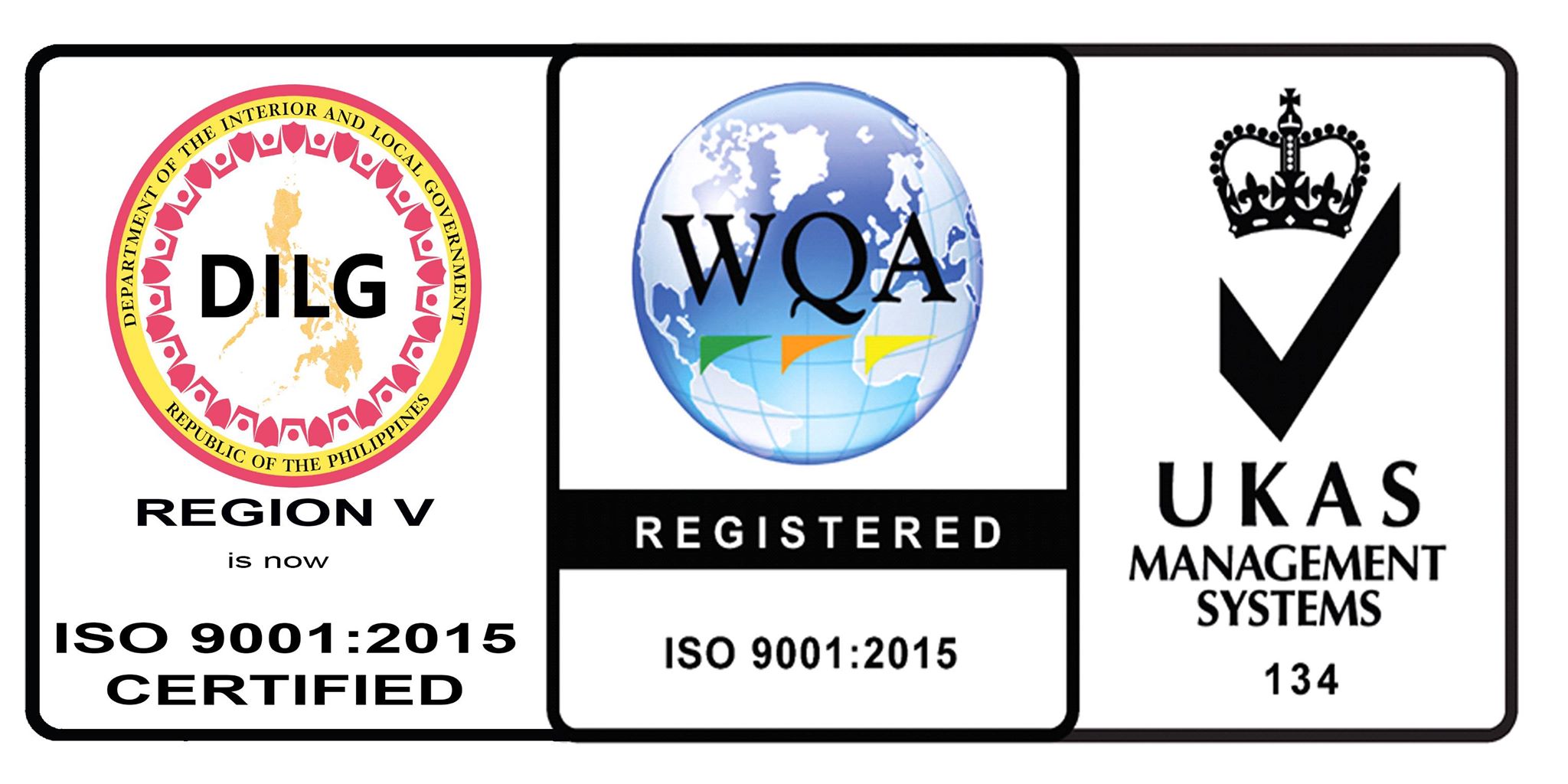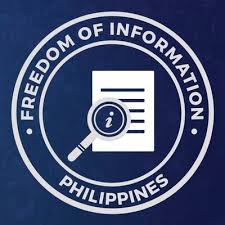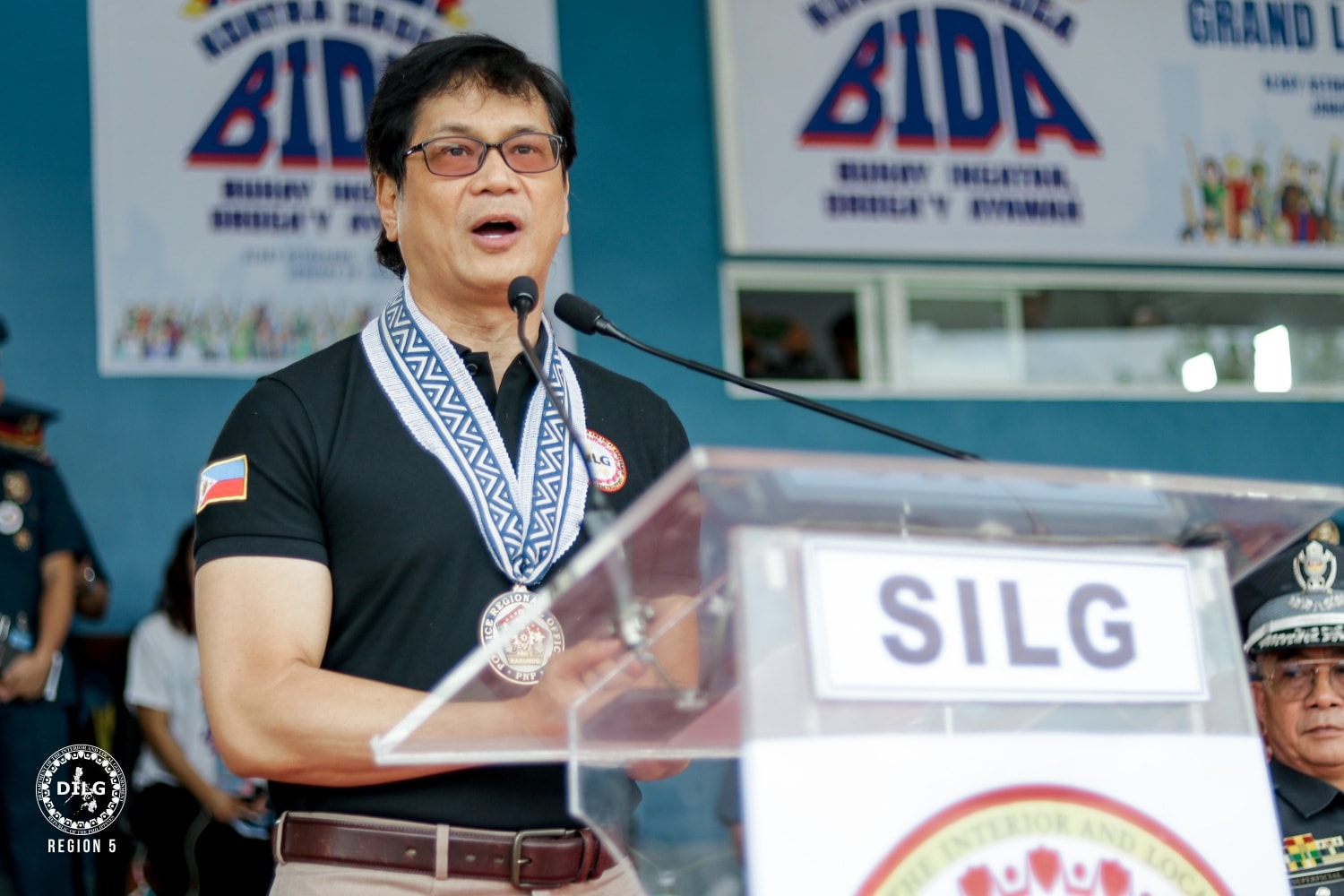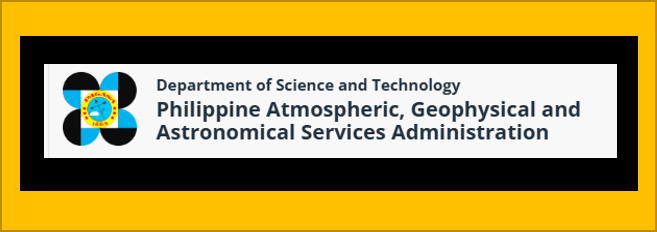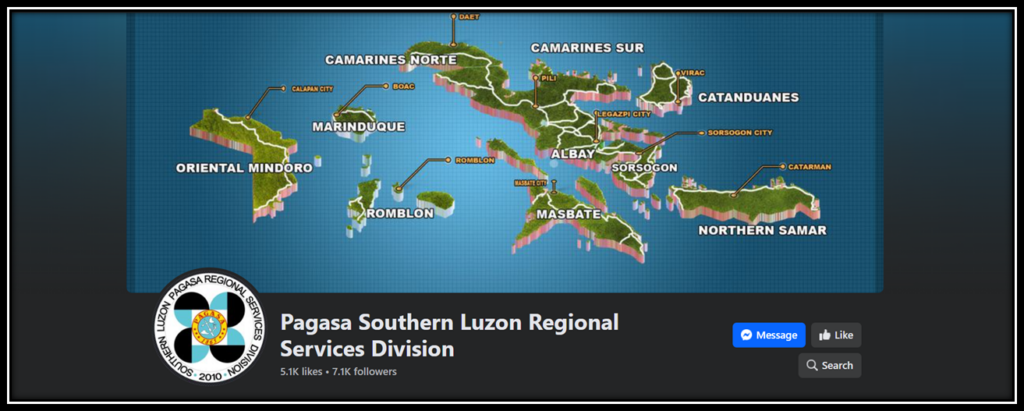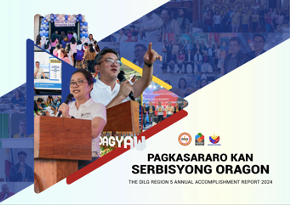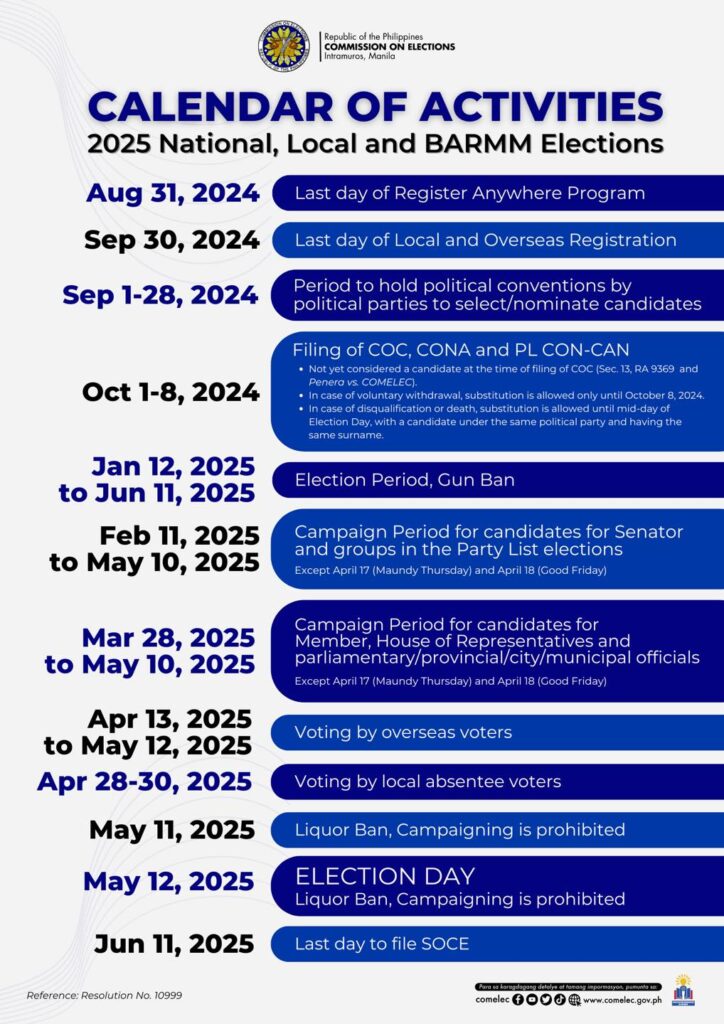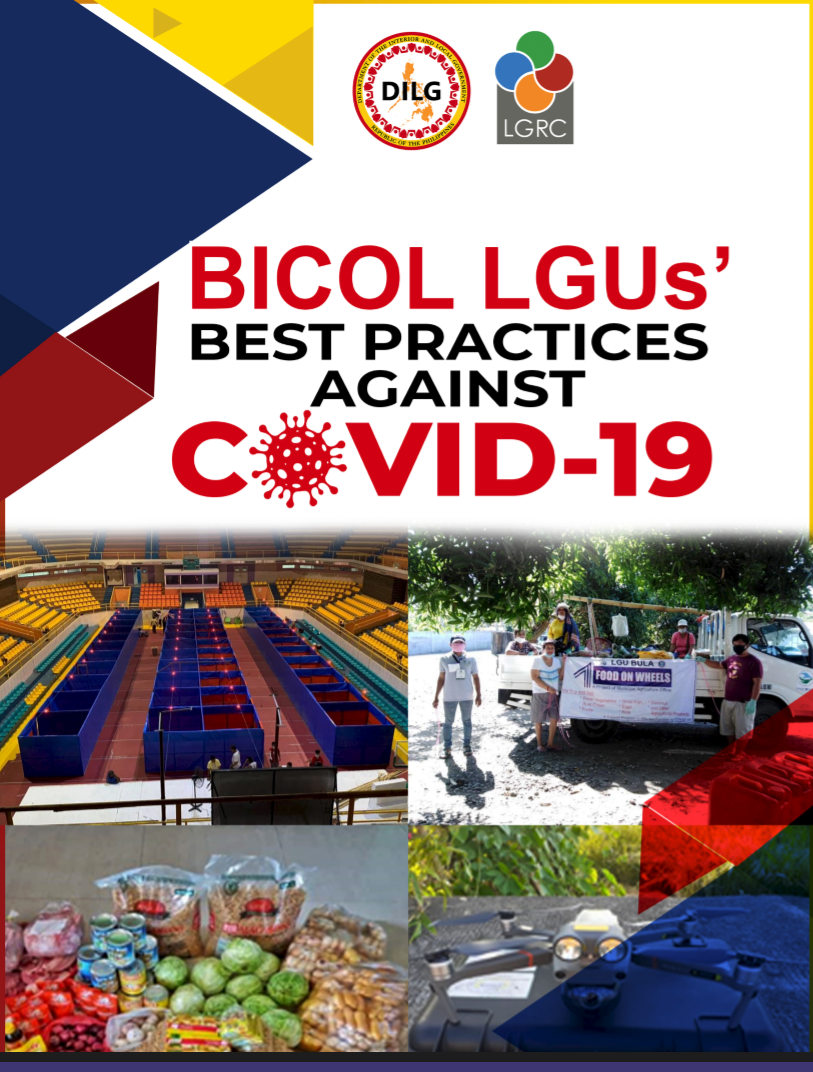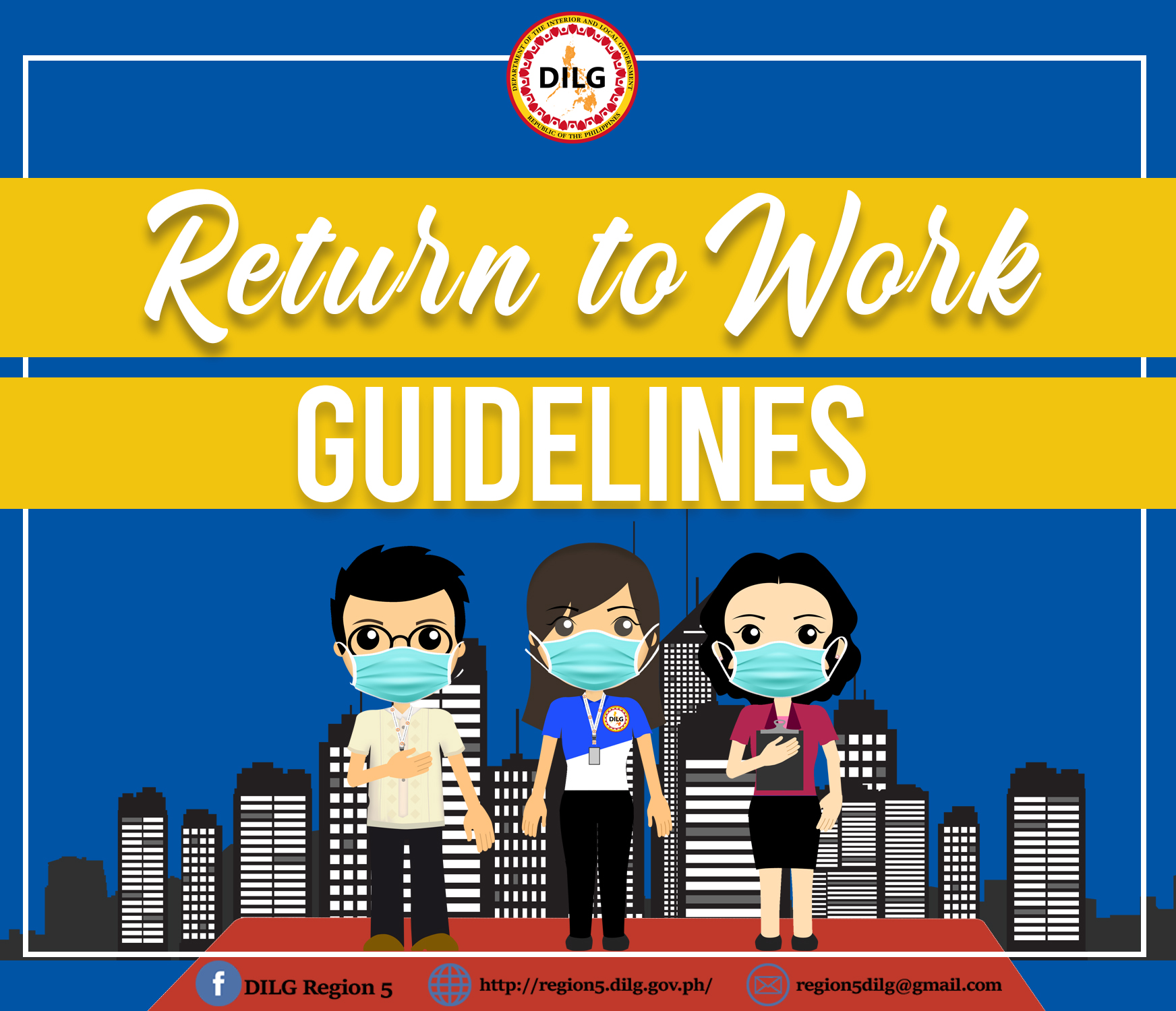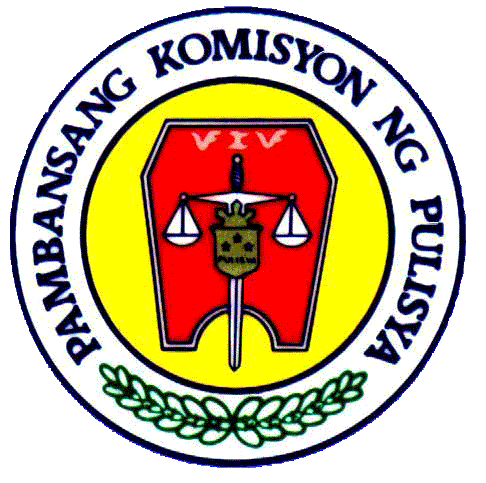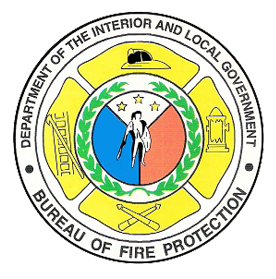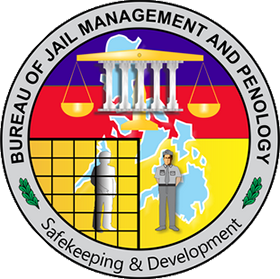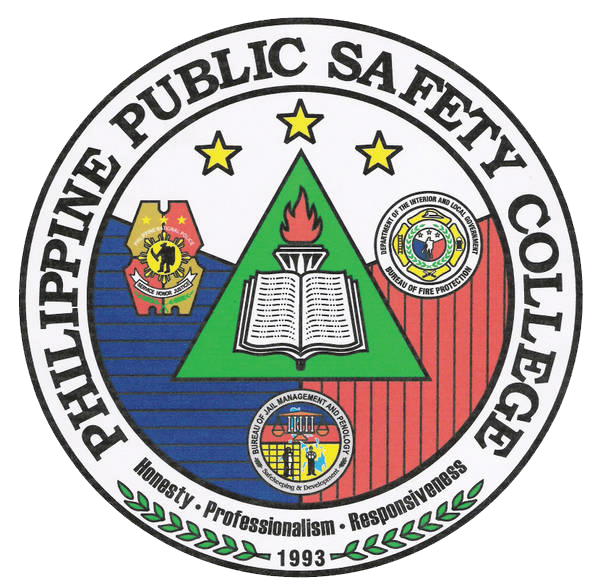Who we are
The present Department of the Interior and Local Government (DILG) traces its roots from the Philippine Revolution of 1897. On March 22, 1897, the Katipunan Government established the first Department of Interior at the Tejeros Convention.
A revolutionary government was also established at that time and the new government elected General Emilio Aguinaldo as President and Andres Bonifacio as Director of Interior, although Bonifacio did not assume the post. At the Naic Assembly held on April 17, 1897, President Aguinaldo appointed General Pascual Alvarez as Secretary of the Interior.
The Department of Interior was enshrined in the Biak-na-Bato Constitution signed on November 1, 1897. Article XV of the said Constitution defined the powers and functions of the Department that included statistics, roads and bridges, agriculture, public information and posts, and public order.
As the years of struggle for independence and self-government continued, the Interior Department became the premier office of the government tasked with various functions ranging from supervision over local units, forest conservation, public instructions, control and supervision over the police, counter-insurgency, rehabilitation, community development and cooperatives development programs.
In 1950, the Department was abolished and its functions were transferred to the Office of Local Government (later renamed Local Government and Civil Affairs Office) under the Office of the President. On January 6, 1956, President Ramon Magsaysay created the Presidential Assistant on Community Development (PACD) to implement the Philippine Community Development Program that will coordinate and integrate on a national scale the efforts of various governmental and civic agencies to improve the living conditions in the barrio residents nationwide and make them self-reliant.
In 1972, Presidential Decree No. 1 created the Department of Local Government and Community Development (DLGCD) through Letter of Implementation No. 7 on November 1, 1972. Ten years later or in 1982, the
DLGCD was reorganized and renamed Ministry of Local Government (MLG) by virtue of Executive Order No. 777; and in 1987, it was further reorganized and this time, renamed Department of Local Government (DLG) by virtue of Executive Order No. 262.
Again, on December 13, 1990, the DLG underwent reorganization into what is now known as the Department of the Interior and Local Government (DILG) by virtue of Republic Act No. 6975. The law also created the Philippine National Police (PNP) out of the Philippine Constabulary-Integrated National Police (PC-INP), which, together with the National Police Commission, was integrated under the new DILG, the Bureau of Fire Protection, Bureau of Jail Management and Penology and the Philippine Public Safety College; and absorbed the National Action Committee on Anti-Hijacking from the Department of National Defense (DND).
The passage of RA 6975 paved the way for the union of the local governments and the police force after more than 40 years of separation.
Today, the Department faces a new era of meeting the challenges of local autonomy, peace and order, and public safety.
POWERS & FUNCTIONS
- Assist the President in the exercise of general supervision over local governments;
- Advise the President in the promulgation of policies, rules, regulations and other issuances on the general supervision over local governments and on public order and safety;
- Establish and prescribe rules, regulations and other issuances implementing laws on public order and safety, the general supervision over local governments and the promotion of local autonomy and community empowerment and monitor compliance thereof;
- Provide assistance towards legislation regarding local governments, law enforcement and public safety;
- Establish and prescribe plans, policies, programs and projects to promote peace and order, ensure public safety and further strengthen the administrative, technical and fiscal capabilities of local government offices and personnel;
- Formulate plans, policies and programs which will meet local emergencies arising from natural and man-made disasters;
- Establish a system of coordination and cooperation among the citizenry, local executives and the Department, to ensure effective and efficient delivery of basic services to the public;
- Organize, train and equip primarily for the performance of police functions, a police force that is national in scope and civilian in character.
KEY OFFICIALS
| NAME | CONTACT NUMBER |
| ATTY. ARNALDO E. ESCOBER JR., CESO III REGIONAL DIRECTOR | Trunkline: 8876-3454 loc. 7501 |
| JHOADEN G. LUCERO, CESO IV ASSISTANT REGIONAL DIRECTOR | Trunkline: 8876-3454 loc. 7502 |
| DARLYN D. AYENDE CHIEF, LGMED ROMA SANTA C. MIRANDA OIC- ASSISTANT DIVISION CHIEF, LGMED | Trunkline: 8876-3454 loc. 7505 |
| MA. RUTHEL P. GIGANTOCA CHIEF, LGCDD MAE G. CLEMENTE ASSISTANT DIVISION CHIEF, LGCDD | Trunkline: 8876-3454 loc. 7504 |
| RICO E. GAURINO CHIEF, FAD | Trunkline: 8876-3454 loc. 7508 |
| MA. PIA M. SALAMEÑO SUPERVISING ADMINISTRATIVE OFFICER | Trunkline: 8876-3454 loc. 7503 |
| JULIUS RODEL L. CAL-ORTIZ CHIEF, PDMU | |
| PROVINCIAL OFFICES | |
| REBECCA O. BRITANICO OIC- PROVINCIAL DIRECTOR Province of Albay | Trunkline: 8876-3454 loc. 7511; 7512 |
| PD MELODY E. RELUCIO PROVINCIAL DIRECTOR Province of Camarines Norte | Trunkline: 8876-3454 loc. 7521; 7522 |
| PD RAY B. CACERES PROVINCIAL DIRECTOR Province of Camarines Sur | Trunkline: 8876-3454 loc. 7531; 7532 |
| ULDARICO S. RAZAL, Jr. PROVINCIAL DIRECTOR Province of Catanduanes | Trunkline: 8876-3454 loc. 7541; 7542 |
| PD BEN PAUL M. NAZ Provincial Director Province of Masbate | Trunkline: 8876-3454 loc. 7551; 7552 |
| PD ARNEL RENATO L. MADRIDEO PROVINCIAL DIRECTOR Province of Sorsogon | Trunkline: 8876-3454 loc. 7561; 7562 |

